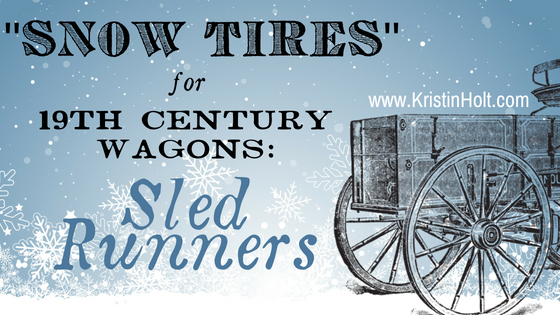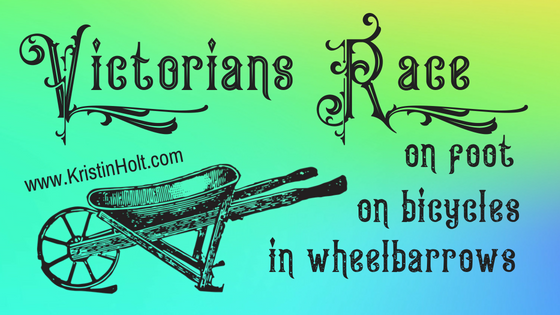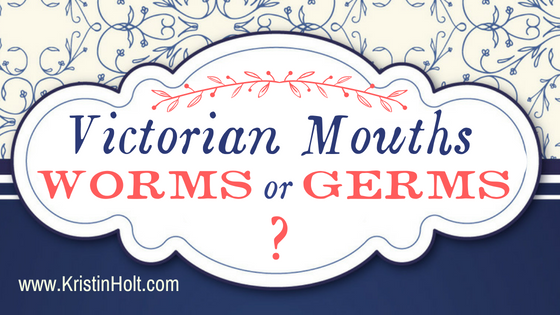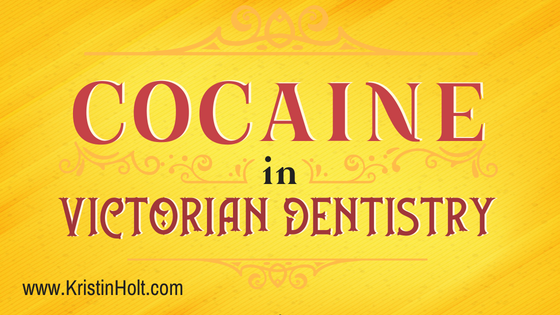
by Kristin Holt | Jul 8, 2018 | Articles
Our inventive and problem-solving Victorian American ancestors patented some amazing stuff. One of those things were workable “snow tires” for their 19th century farm wagons and buggies. Not everyone owned a sleigh, and even if they did, the wagon bed was often needed. See Victorian America’s solution!

by Kristin Holt | Jul 4, 2018 | Articles
A key scene within Isabella’s Calico Groom (Calico Ball: Timeless Western Collection) is on Independence Day in Evanston, Wyoming Territory (a week shy of Wyoming’s acceptance into the Union as the 44th State). In keeping with the historical favorites when celebrating July 4th, the characters took note of the races–on foot, on bicycles, and in wheelbarrows. Victorian Americans enjoyed a wide range of contests with appealing prizes (cash, clothing, shoes, jewelry, etc.). Would you rather compete in a bicycle race, or in chasing a greased pig?

by Kristin Holt | Jun 27, 2018 | Articles
In context of Western Historical romances:
“May I call on you?”
“He took me on a date.”
Historically accurate… or So Not The Way Things Were? Why? How do we know?

by Kristin Holt | Jun 25, 2018 | Articles
Did Victorians blame tooth decay on worms or germs?
Scientific understanding of dental decay received a huge boost in the work of Dr. Willoughby Miller, an American dentist in Germany in the late 19th century. His publication of his microbiology discoveries, Micro-Organisms of the Human Mouth, eradicated old myths and brought about “an unprecedented interest in oral hygiene”… and occurred just in time to contribute to my novella’s [Isabella’s Calico Groom] setting and characters’ development.

by Kristin Holt | Jun 20, 2018 | Articles
Cocaine, together with its significant benefits and significant addiction potential, was discovered in the late 19th century (1884 to 1885). Dentists were quick to put cocaine to work for their patients to numb previously excruciating dental work. Citations from vintage publications illustrate the importance of this discovery, attitudes that surrounded cocaine’s use in dentistry and medicine, and the ease with which patients (and parents) accepted the use.













